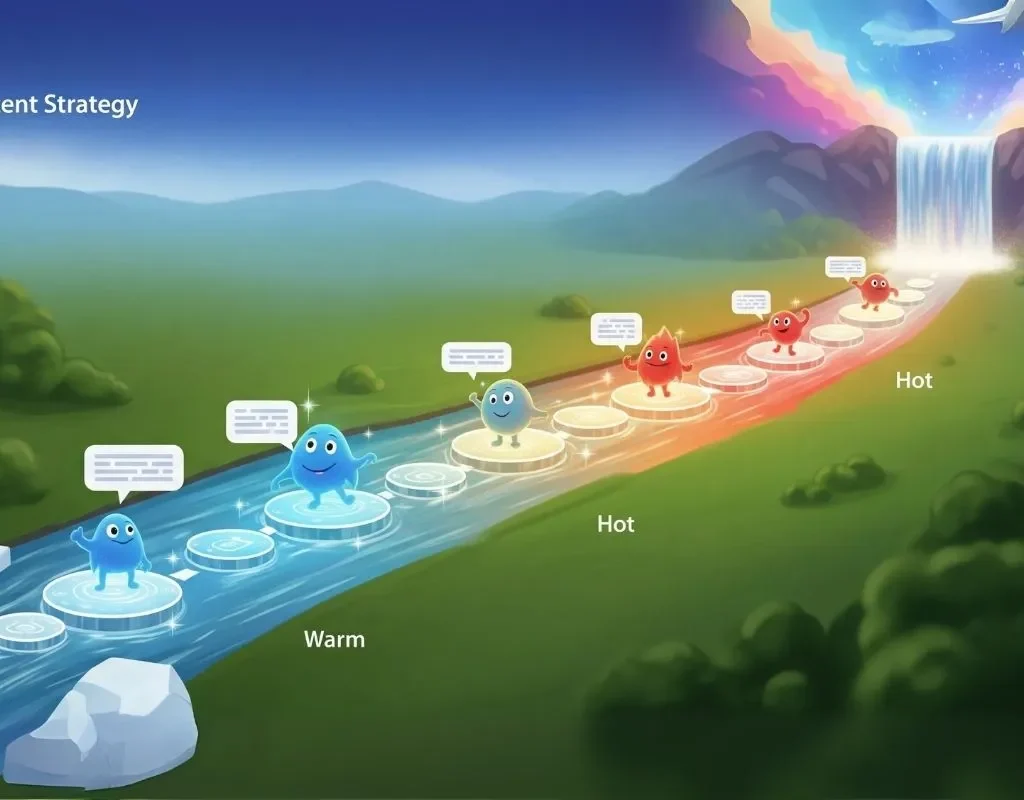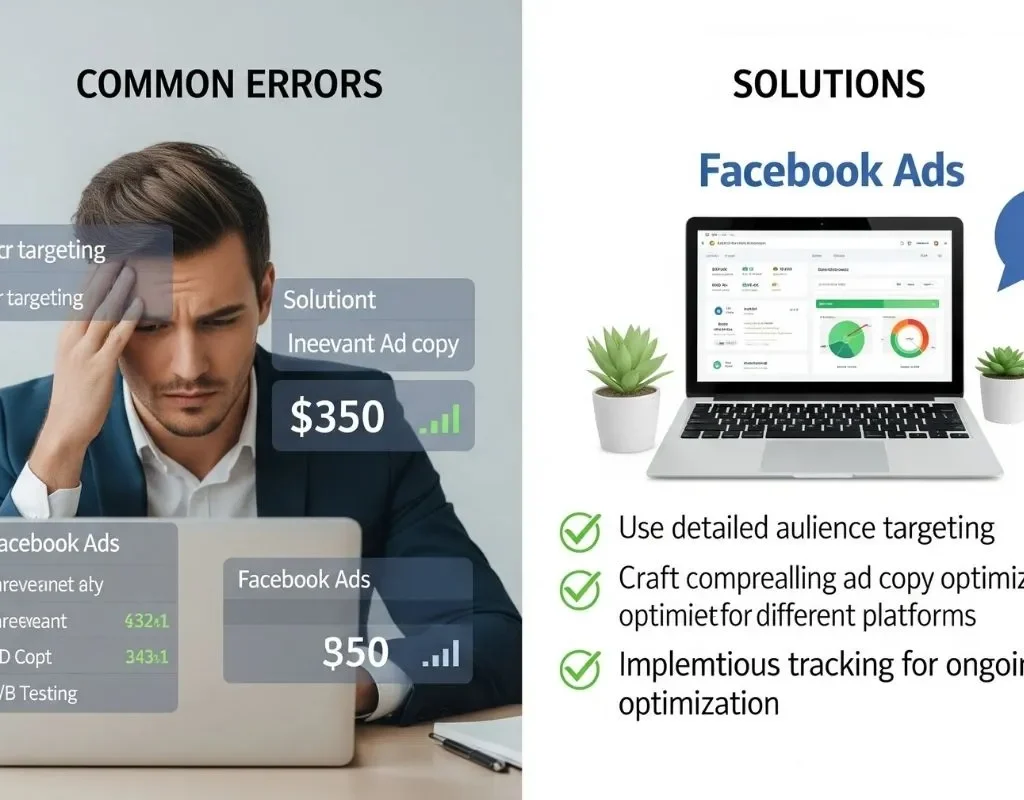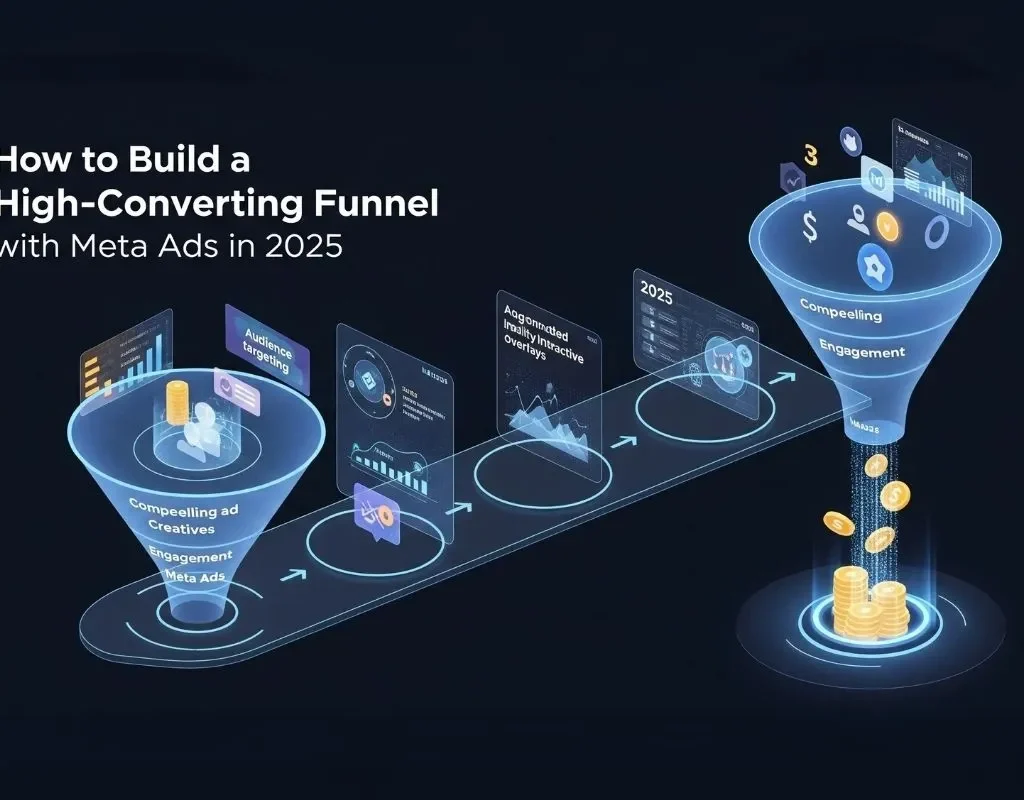Lessons from Spending $200K+ in Facebook Ads
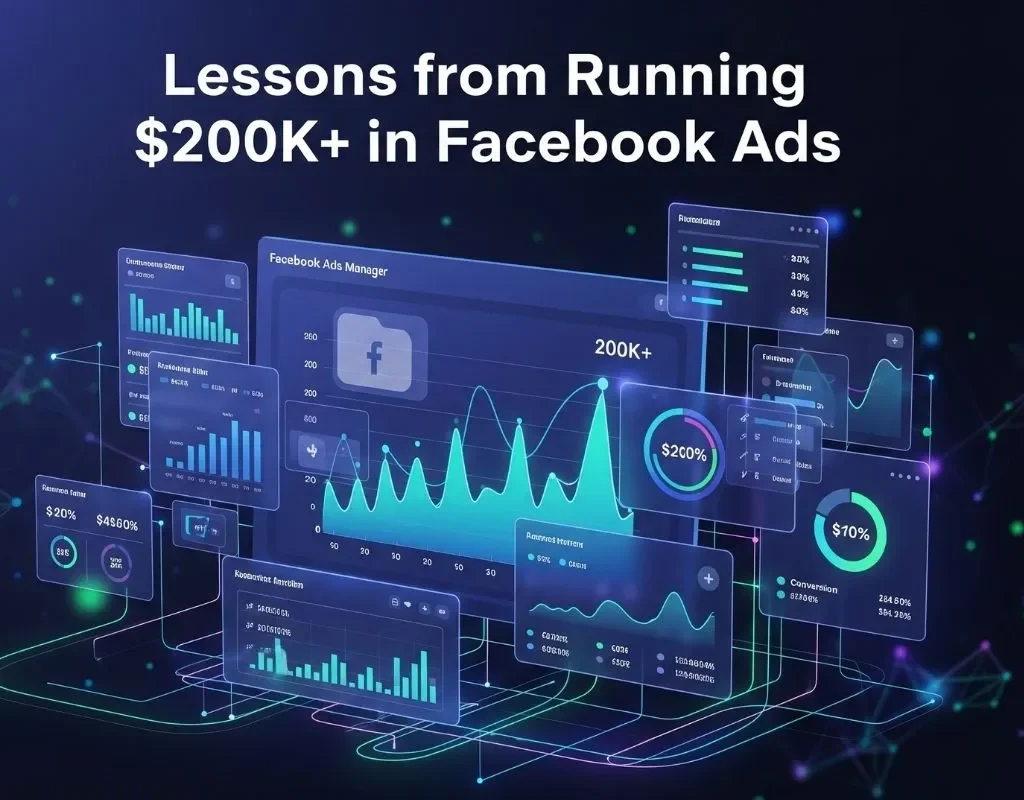
When I ran $200K+ in Meta ads, I learned something no YouTube video ever told me — results don’t come from dashboards, they come from decisions.
I have spent the last few years helping brands grow, experimenting with budgets small and large, and testing more creatives than I can count. Some campaigns worked like magic. Some completely flopped. But every one of them taught me something.
This article is not just about strategies. It’s about the mindset, tools, failures, and wins that come when you actually do the work — not just learn about it.
1. What Most People Get Wrong About Facebook Ads
Let’s start with a truth bomb: Facebook ads don’t work if your offer sucks.
Too many people try to fix a weak product or boring offer with “better targeting.”
I’ve done that.
It doesn’t work.
If your product does not solve a real problem, no one cares.
What to do instead:
Focus on your offer first. Will this make someone stop scrolling? Would you buy it?
- Then use ads to amplify a good product — not rescue a bad one.
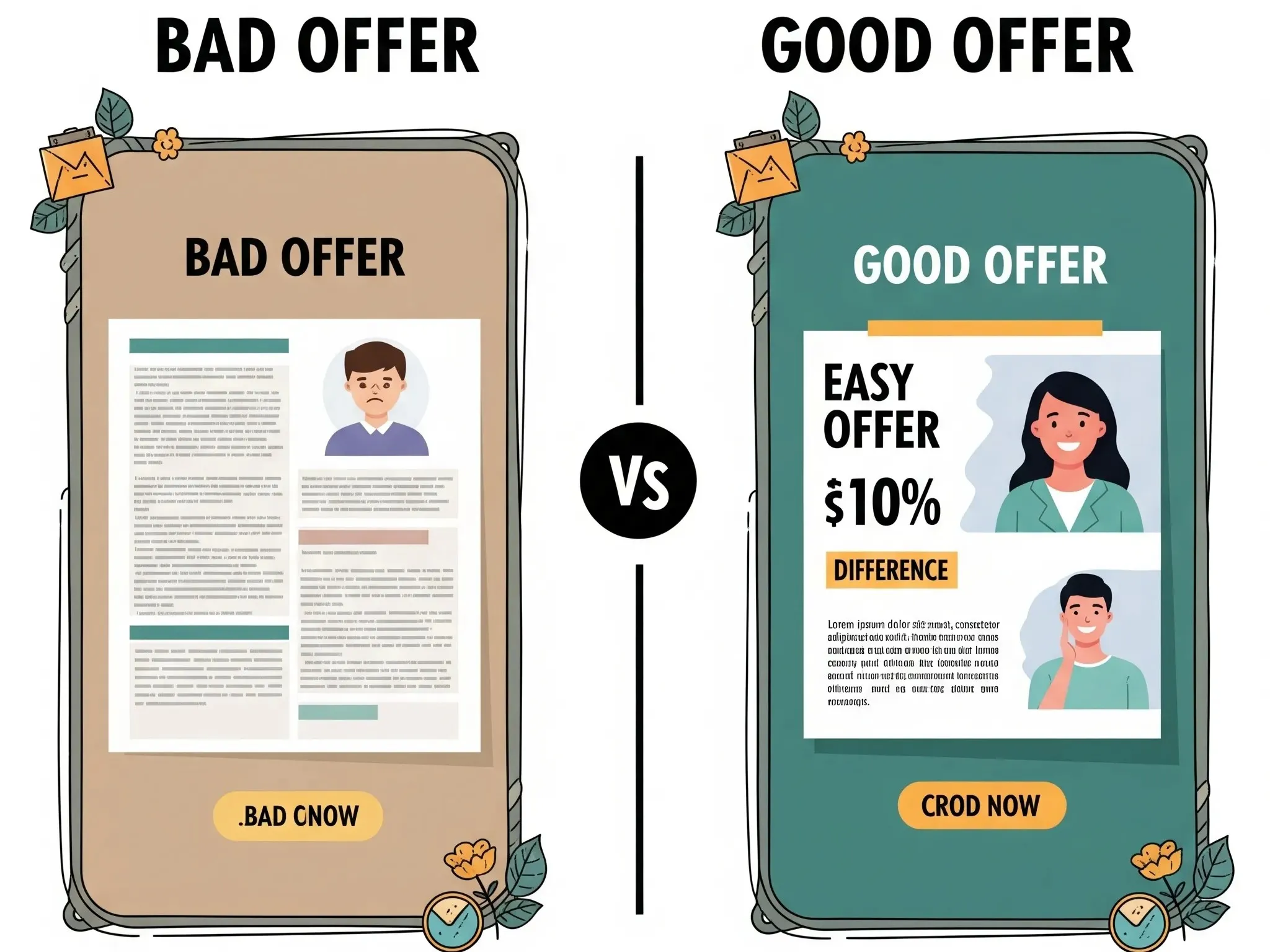
2. Creative Are Everything: The 70% Rule
Here’s something I’ve learned the hard way:
Your creative makes or breaks the campaign.
It does not matter how optimized your audience is. If your ad image or video does not catch attention in the first two seconds, people scroll right past it.
From running $200K+ in ads, I now believe:
💡 70% of your results depend on your creative.
What works:
A bold hook in the first 3 seconds
Clear visuals with your product/service in context
Short, mobile-first formats (9:16 or 1:1)
Real people, real faces, or UGC style content
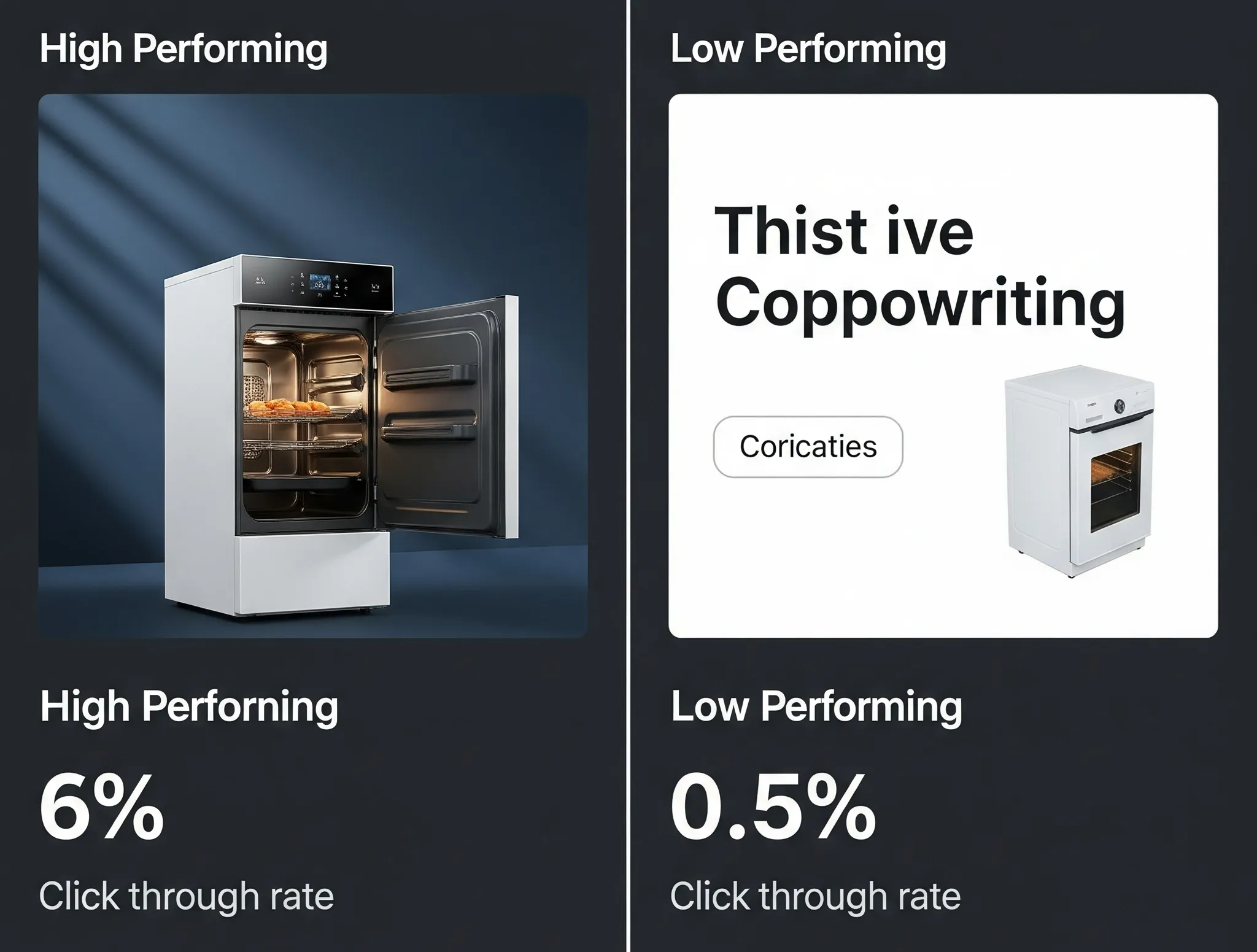
3. It’s Not About Hacking Interests Anymore
Old-school targeting hacks? Mostly dead.
Facebook’s AI is smarter now. You just need to feed it the right signal.
What worked for me:
Broad targeting with strong creative
Custom audiences from video views and engagement
Lookalike audiences from past purchasers or leads
Retargeting warm audiences with tailored offers
🎯 The real targeting power comes from custom audiences and feeding the pixel quality data.
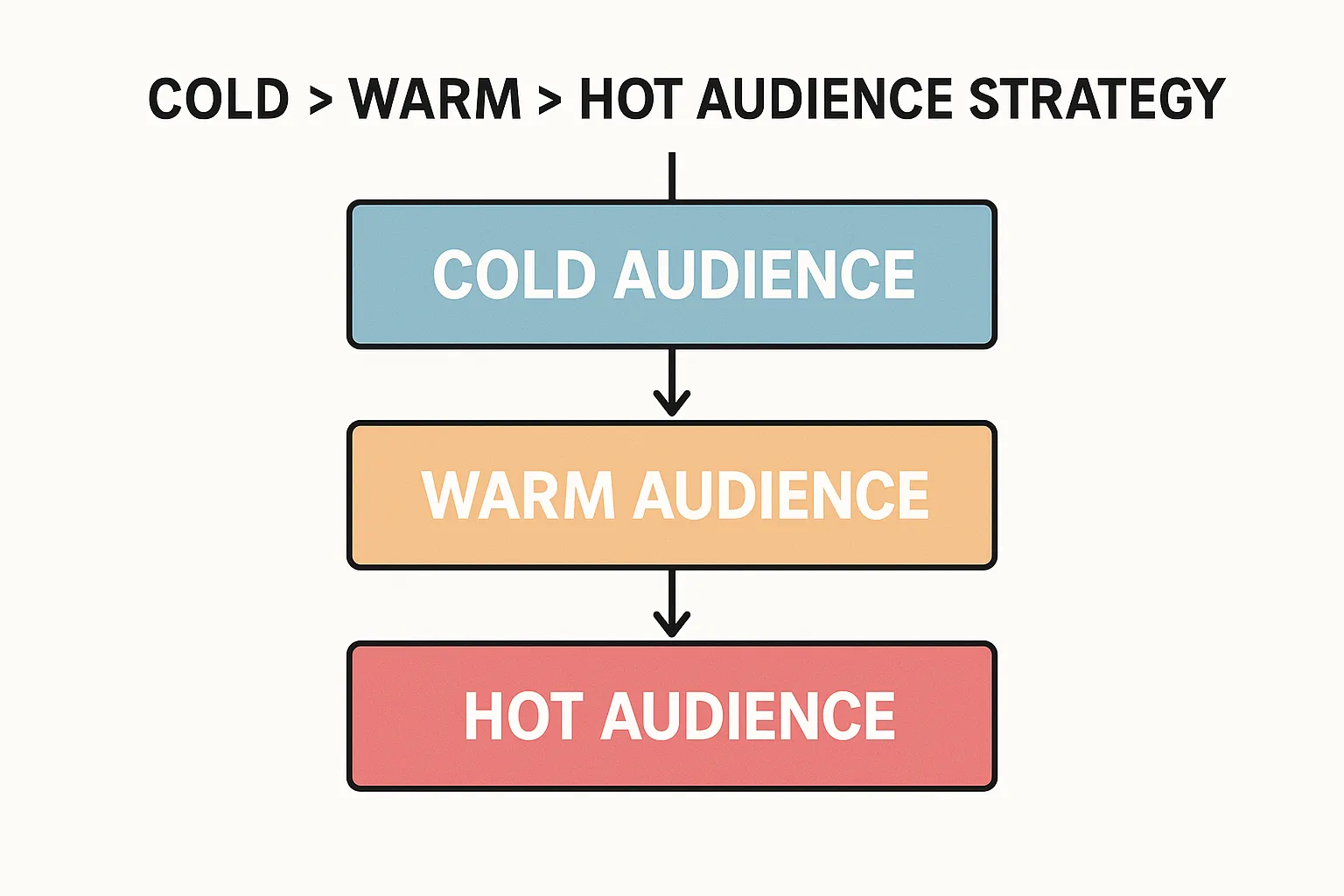
4. Metrics That Matter
When you’re spending thousands, metrics become your lifeline. But not all metrics are equal.
Here’s what I focus on:
CTR (Click Through Rate) – tells you if people care enough to click
CPM (Cost per 1000 Impressions) – affects your reach cost
ROAS (Return on Ad Spend) – the ultimate goal
Stop Rate / Hook Rate – for videos, % of people who watched the first 3–5 seconds
CPL or CPP (Cost per Lead/Purchase) – raw cost per result
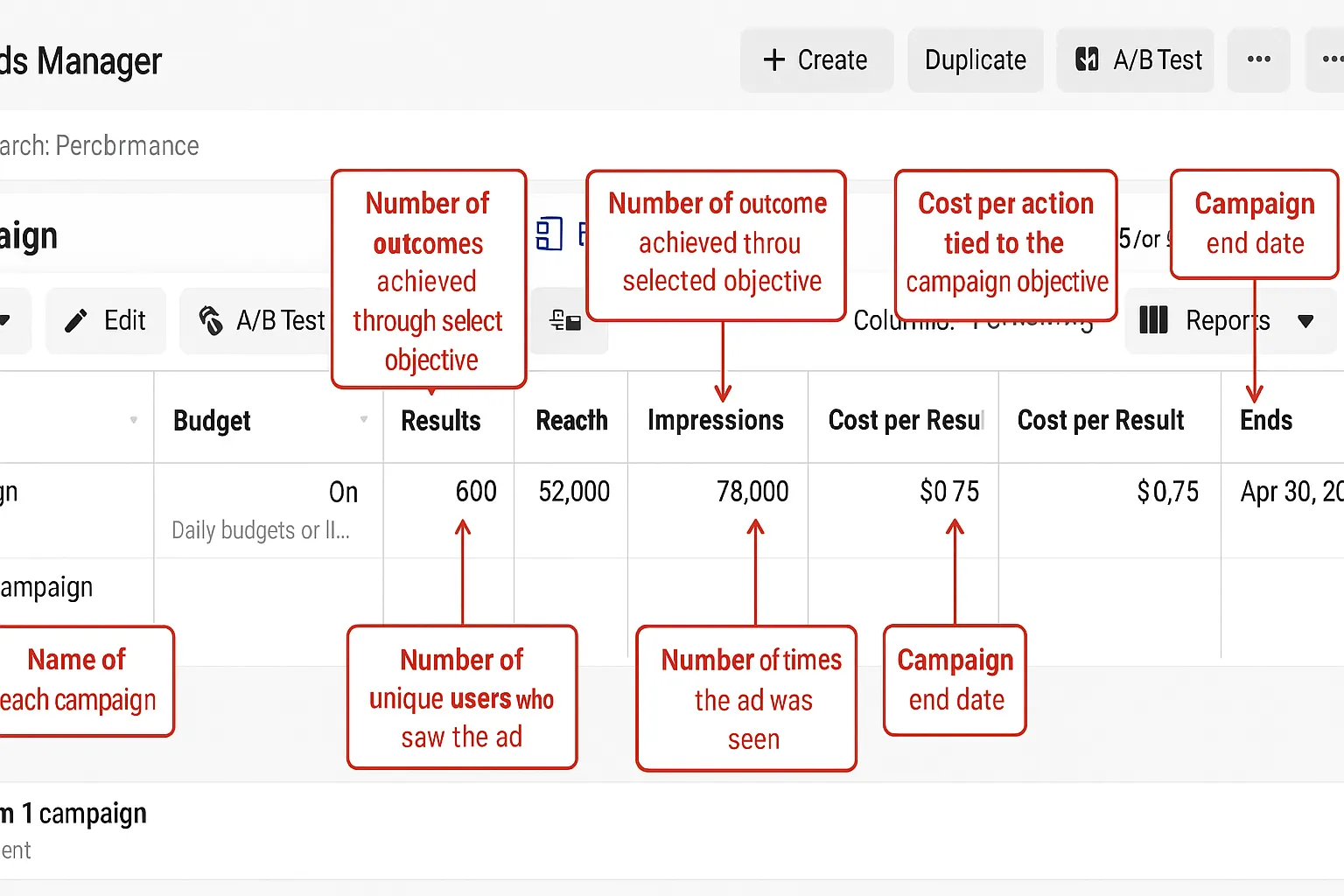
What I’d Do Differently
If I were starting today with fresh ad budget, here’s what I would do:
Spend 70% of my energy on making great creatives
Test the offer on organic first
Launch small, then scale what works
Use ads for building an audience, not just chasing sales
Focus on lifetime customer value, not just one-time ROAS
📚 Bonus: Two Real Campaign Case Studies
1. Muslim Food Bank (Canada)
The challenge: No direct religious targeting on Facebook.
The solution: I built custom audiences using:
People interacted with our social media
People who visited website and donated
50%, 75%, 95% and 100% video viewers
Lookalike of previous donars and above custom audiences
Result: ROAS of 5+, lots of donations, and a grateful team. [Access Full Case Study]
2. Southwest Epoxy (US)
A local flooring service needed leads. Fast.
I ran lead ads with optimized forms + follow-up automation.
Result: CPL below $10. Dozens of booked appointments.
The owner was so happy, he came back for a second seasonal campaign.
Final Thoughts
$200K in Facebook ads didn’t just teach me about targeting or pixels.
It taught me about clarity. Communication. Empathy. Strategy.
If you’re just starting out, remember this:
It’s not about fancy dashboards or ad hacks. It’s about understanding people and showing up with the right message at the right time.
Want More Like This?
If you found this helpful, consider subscribing to my newsletter “Manzil Ki Taraf”, where I share real stories, growth experiments, and honest lessons from the digital world.
